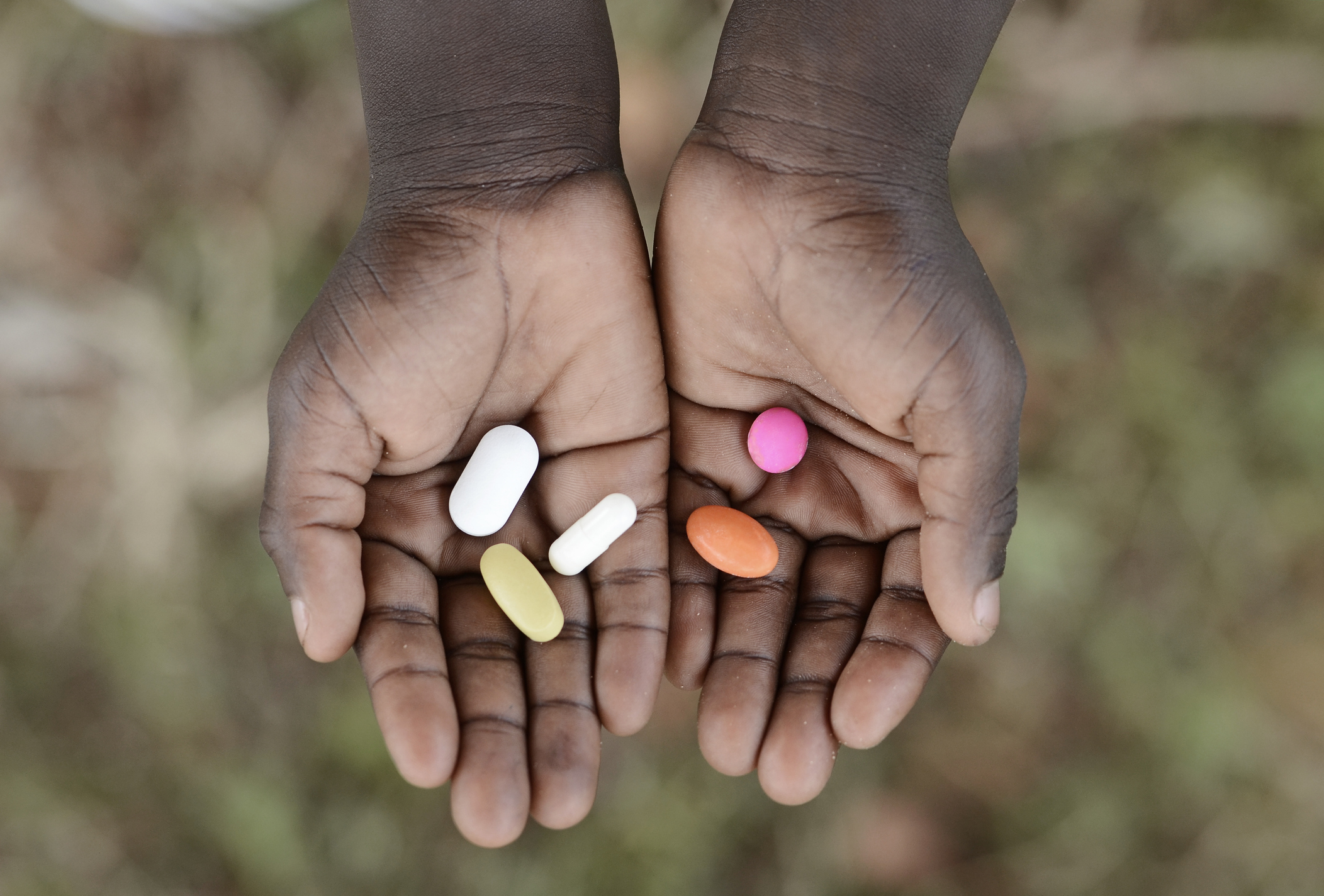EAPoC-VL
Use of point-of-care HIV viral load monitoring to improve viral load suppression among children and adolescents living with HIV in East Africa testing for TB among contacts

Objective
The overall aim of the EAPoC-VL project is to evaluate the feasibility, acceptability, and effectiveness of using PoC HIV VL monitoring to improve viral load suppression rates among children and adolescents living with HIV in East Africa. The proposed study introduces a novel method of viral load testing, PoC VL, which aims to increase VL testing coverage and subsequently improve VL suppression among children and adolescents.
Description
UNAIDS adopted the 90:90:90 strategy to end the HIV epidemic by 2020. The third 90 aims to have 90% of people living with HIV on antiretroviral treatment (ART) suppress the HIV virus (VL) in their plasma. Challenges exist in achieving this target, especially in children and adolescents. In East African (EA), VL suppression among children and adolescents ranges between 65%-75%. A key strategy to achieving VL suppression is 6 monthly VL monitoring, but this is not achieved in children and adolescents. One of the barriers to routine VL monitoring is the centralized VL monitoring used in EA. Point of care (PoC) VL monitoring is a novel approach that has been validated and eliminates most of the challenges associated with centralized VL monitoring. This project proposes to evaluate the feasibility, acceptability and effectiveness of PoC HIV VL monitoring to improve VL suppression rates among children and adolescents in East Africa.
Partners
Uganda National Health Research Organisation (Uganda)
Karolinska Institutet (Sweden)
The Good Samaritan Foundation (United Republic of Tanzania)
Amsterdam Institute for Global Health and Development (NL)
London School of Hygiene and Tropical Medicine (United Kingdom)
National Institute for Medical Research (United Republic of Tanzania)
Kenya Medical Research Institute (Kenya)
University of Rwanda (Rwanda)
Funders
EDCTP
Countries
Uganda
Sweden
United Republic of Tanzania
Netherlands
United Kingdom
Kenya
Rwanda
